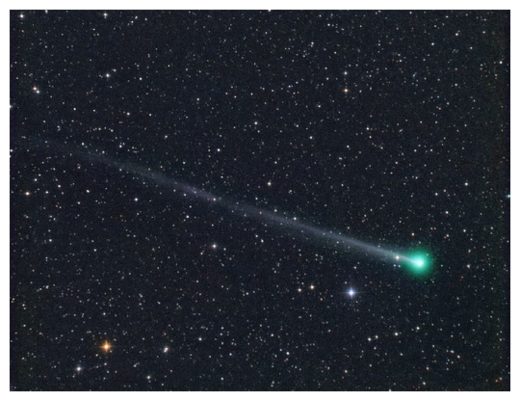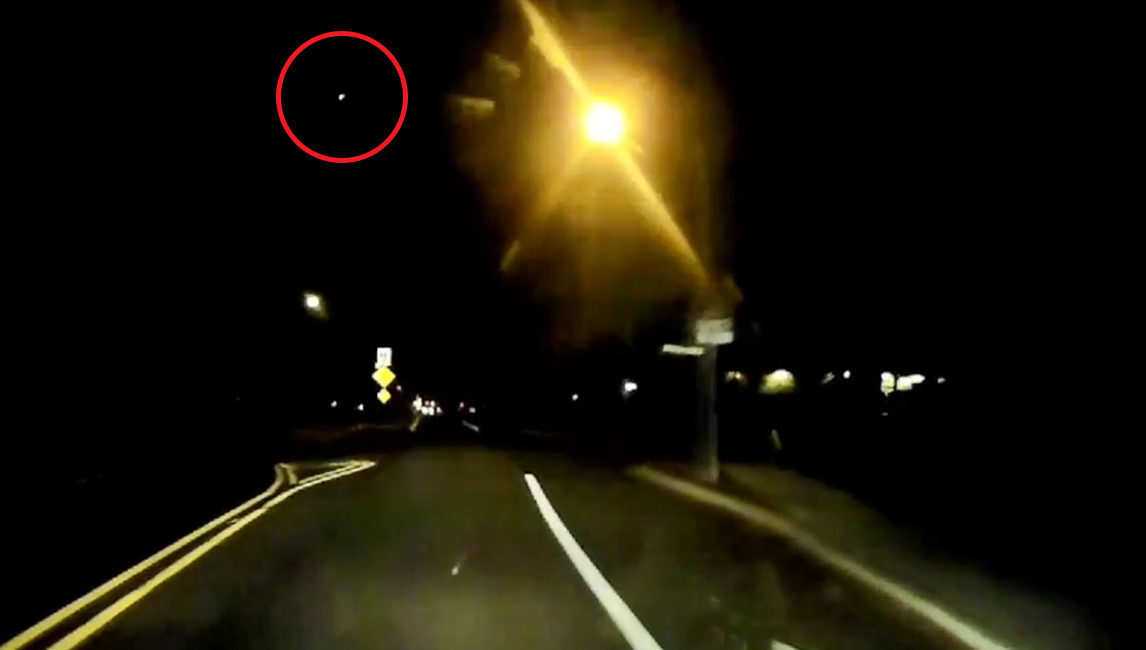
© Michael Jäger
A small comet named "45P/Honda-Mrkos-Pajdusakova" (45P for short) is approaching Earth. At closest approach on
Feb. 11th, the comet will be 7.4 million miles from our planet, visible in binoculars and small telescopes. This is what it looks like (image on the left).
Michael Jäger of Stixendorf, Austria, took the picture on Dec. 31, 2016, just as the comet was swinging around the sun en route to Earth. Since then 45P's icy nucleus has been heated by solar radiation, causing it to spew brightening jets of gas into the comet's green atmosphere. Why green? Because the comet's vaporizing nucleus emits diatomic carbon, C2, a gas which glows green in the near-vacuum of space.
According to the Minor Planet Center, this is the 8th closest pass of any comet in the modern era (since ~1950, when modern technology started being used to study comets). It will only be 31 times farther from Earth than the Moon.
Interestingly, 45P made an even closer approach on its previous orbit (23 lunar distances), so it is also on the list as the 5th closest.
Proximity makes the comet bright despite its small size. Forecasters say 45P could be on the verge of naked eye visibility (6th magnitude) when it emerges into the pre-dawn sky later this week. The best time to look is during the dark hours before sunrise between Feb 9th and 12th. The comet will be racing through the constellation Hercules high in the eastern sky.
Sky maps: Feb. 9,
10,
11,
12.
Got a great picture? First,
submit it to Spaceweather.com. Next, send it to the Planetary Science Institute, which is
collecting amateur images to help professional researchers study Comet 45P.
More resources:
3D Orbit,
Ephemeris.

Comment: That would depend on how soon you want to detect them.
Forget About Global Warming: We're One Step From Extinction!